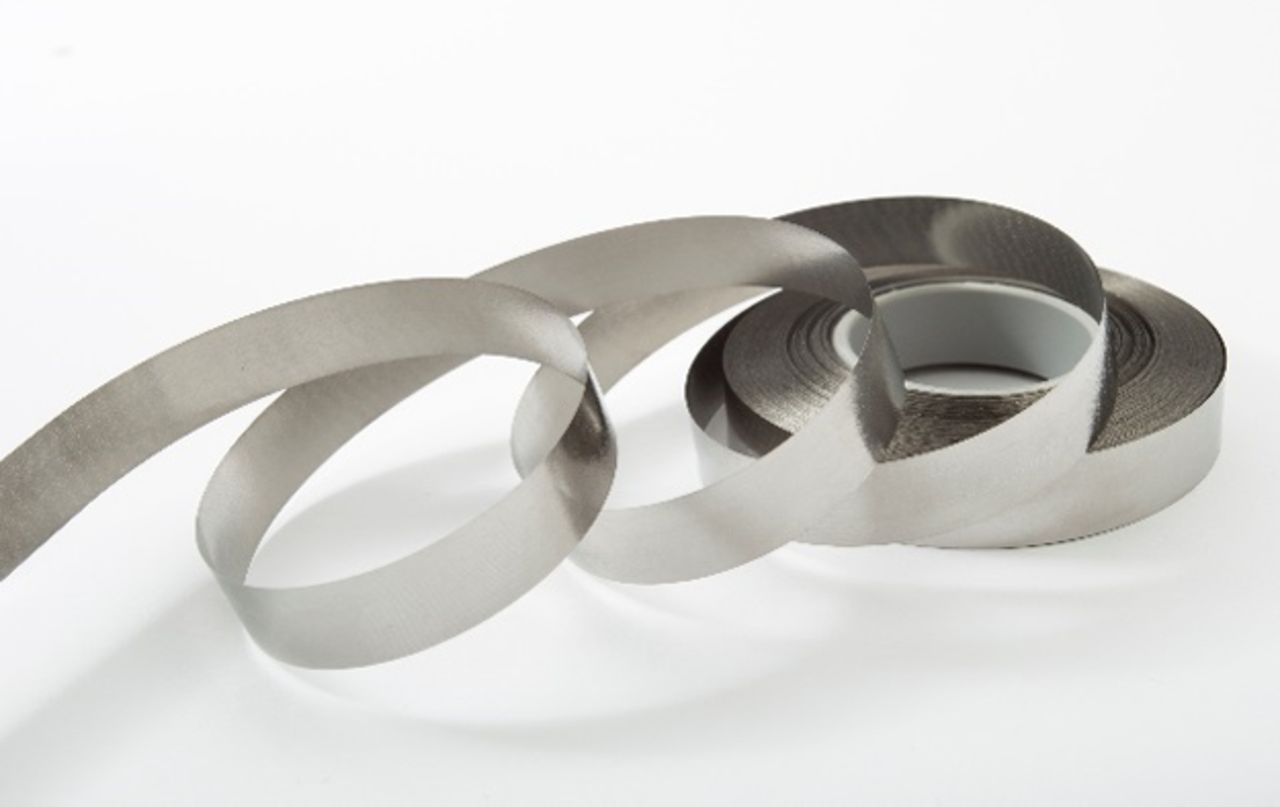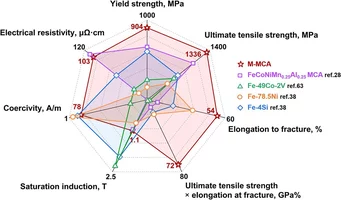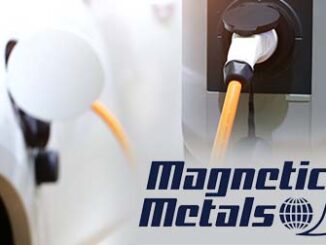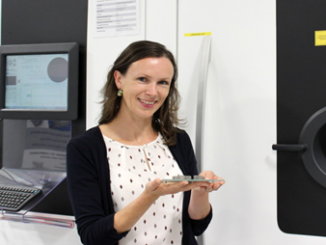
Soft magnetic materials are key materials for the energy transition. They are used in electric motors that convert energy from sustainable sources such as wind and water into electricity and thus make it usable. However, conventional soft magnets currently used in industry are susceptible to damage under heavy mechanical stress. Scientists from the Max Planck Institute for Iron Research (MPIE), Technische Universität Darmstadt and Central South University, China, have developed a new design strategy that increases the service life of soft magnetic materials and enables high-tech applications such as high-speed motors. Their results were published in the journal Nature.
Nanoparticles increase strength and ductility
“The problem with traditional soft magnetic materials is that we have either strong magnetism or a solid material. So far, it has not been possible to combine both properties at the same time,” explains Liuliu Han, PhD student at MPIE and first author of the publication. Higher strength of materials is usually achieved by adjustments in the microstructure, such as the implementation of precipitates and defects. According to the current state of research, the use of nanoparticles in the microstructure would reduce the magnetic properties, as these nanoparticles inhibit the movement of the domain walls. However, this movement is essential for the magnetic effect of the material. The international research team has now discovered that the size of the nanoparticles plays a decisive role both for the mechanical strength and ductility of the material, as well as for its magnetic properties. “Until now, it was assumed that smaller nanoparticles interact less with the domain walls and thus influence the strength of the magnetic effect less. But exactly the opposite is the case. We used particles that are only slightly smaller than the width of the domain wall. This coarsening results in a lower specific surface area and reduces internal stress. Thus, the magnetic properties are not affected despite the particles and the ductility and strength are improved,” says Han.
Multi-component alloy for better soft magnetic materials

The research team implemented this design idea in a multi-component alloy system with multifunctional properties. It comes from the concept of high entropy alloy and contains iron, nickel, cobalt, tantalum and aluminum. For conventional soft magnets, which do not rely on high strength and ductility, this composition is unusual. In addition, the materials based on the new alloy system are easier to produce and have a longer service life than conventional magnetic materials. “With the help of computer simulations and machine learning, we are now trying to reduce the cost of the new alloy. To this end, we want to reduce the amount of expensive elements such as cobalt. And find elements with similar properties to replace the expensive elements,” says Dr. Fernando Maccari, postdoc in the “Functional Materials” group at TU Darmstadt and second author of the publication. The magnetic properties were investigated at TU Darmstadt, while the design and characterization of the alloy were carried out at MPIE.
The composition used here serves as a model system for multi-component alloys. The concept is not limited to soft magnetic materials, but can also be applied to high-tech alloys with new and unusual combinations of functional and mechanical properties.



